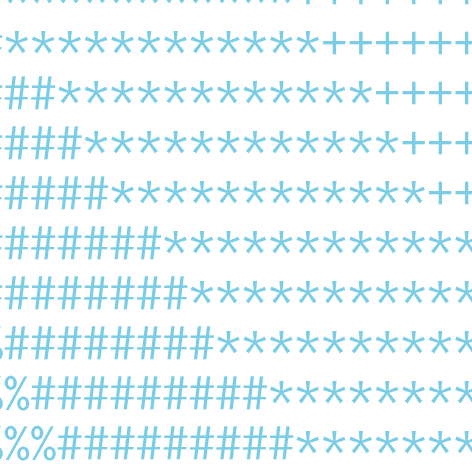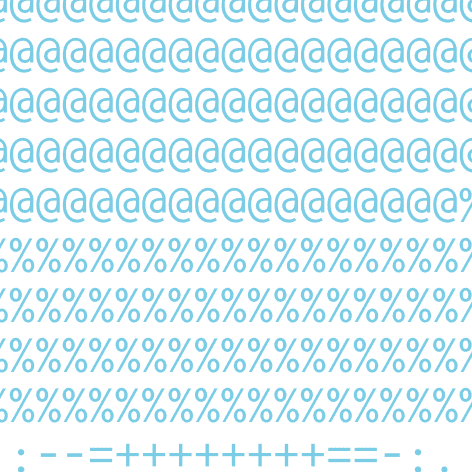Article
Markdown Table Examples
Examples of how to create markdown tables in Framer
5/17/24

Irreducible Team
The following table contains the same information as the one above but is rendered from markdown. Note how column alignment is controlled with the ":" character in the markdown source.
Here's an example of how to use KaTeX inside a table. Note that an extra "\" is required in the source at the start and end of the equation. I'm not quite sure why that is the case ¯\_(ツ)_/¯
Here's example of a table that includes a good-sized multiline equation. Note that, similar to the previous example, an extra backslash is required to insert a line break in the equation ("\\\" instead of "\\"). You can also just use "\newline" with the usual single slash to insert line breaks in block level equations. Also, a good life hack for authoring large markdown tables is to use a code editor that auto formats the markdown on save (VS code does this).
The following example reproduces part of the table from https://www.irreducible.com/posts/accelerating-polygon-zkevm. Note the use of html in the source for the header row for formatting. If you use html inside these tables it should render the sanitized result in most cases. You'll want to test stuff out before hand though.


















